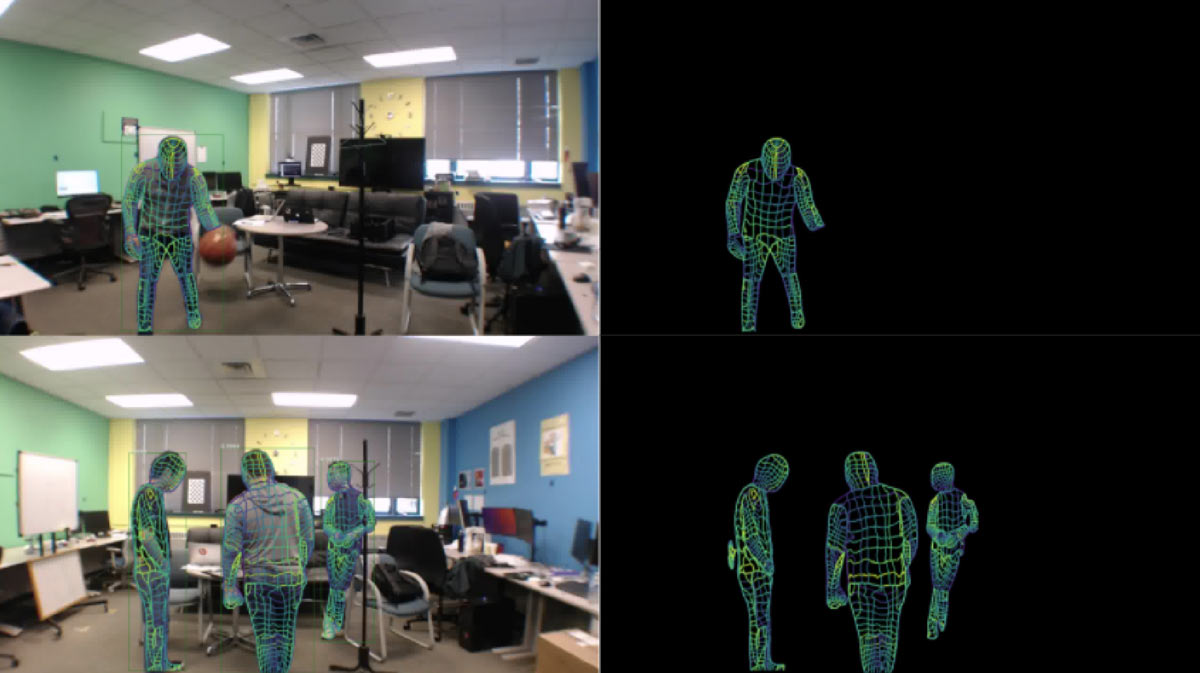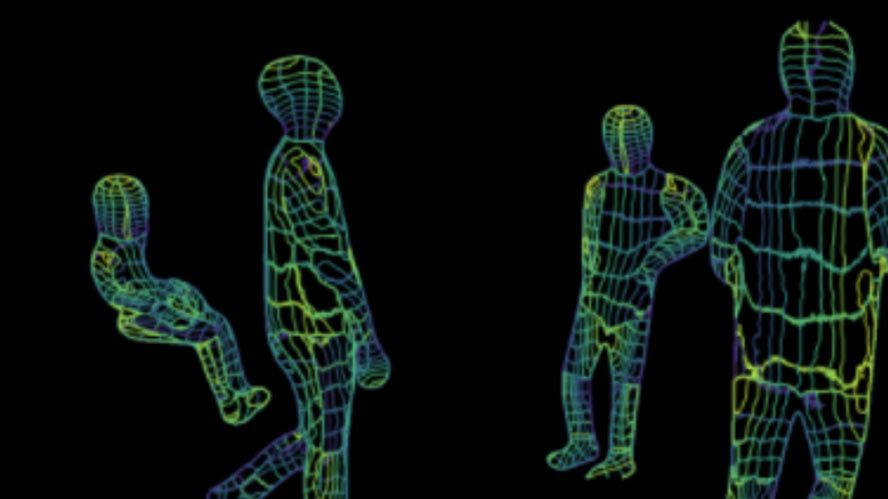- Aug 17, 2014
- 11,072
Researchers at Carnegie Mellon University have been testing a system which uses Wi-Fi signals to determine the position and pose of humans in a room. In the tests, ordinary Wi-Fi routers, specifically TP-Link Archer A7 AC1750 devices, were positioned at either end of the room, along with various numbers of people in the room. AI-powered algorithms analyzed the Wi-Fi signal interference generated by the people.
Wireframe images generated from the Wi-Fi monitoring looked pretty accurate in most cases, with the researchers asserting that the estimates are as good as some “image-based approaches.” There are some advantages and attractions for using Wi-Fi over cameras, too. Firstly, the wireframe estimations of human pose are more respectful of human privacy. Secondly, Wi-Fi based perception doesn’t require light, and is capable of detecting body poses even when there are objects in the way which would obscure a traditional camera view. Another major attraction of this discovery is that the Wi-Fi routers used were cheap at just $30 each, and thus much more accessible than expensive and power hungry solutions such as radar and LiDAR.


Wi-Fi Routers Used to Detect Human Locations, Poses Within a Room
Wireframe images generated by AI look pretty accurate compared to ground truth video feeds.

